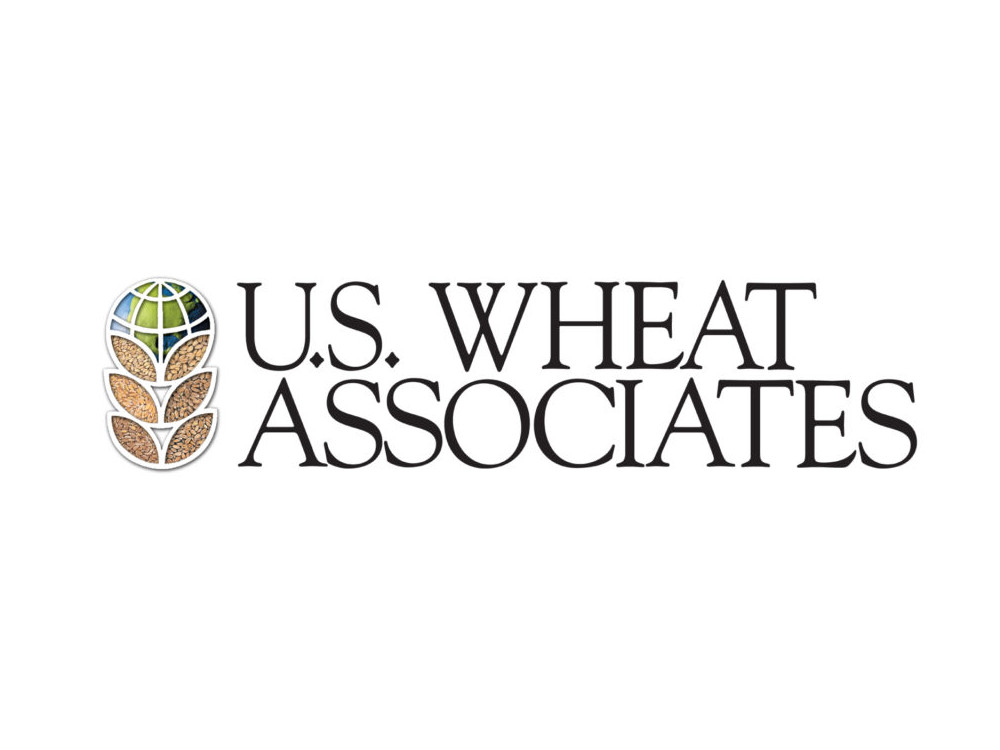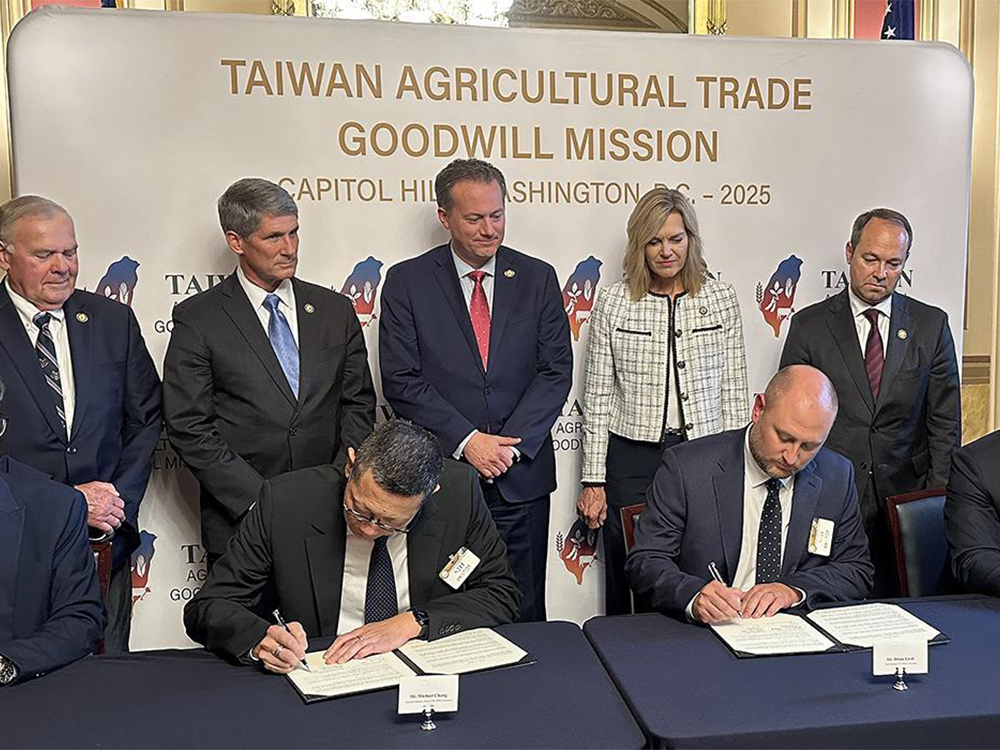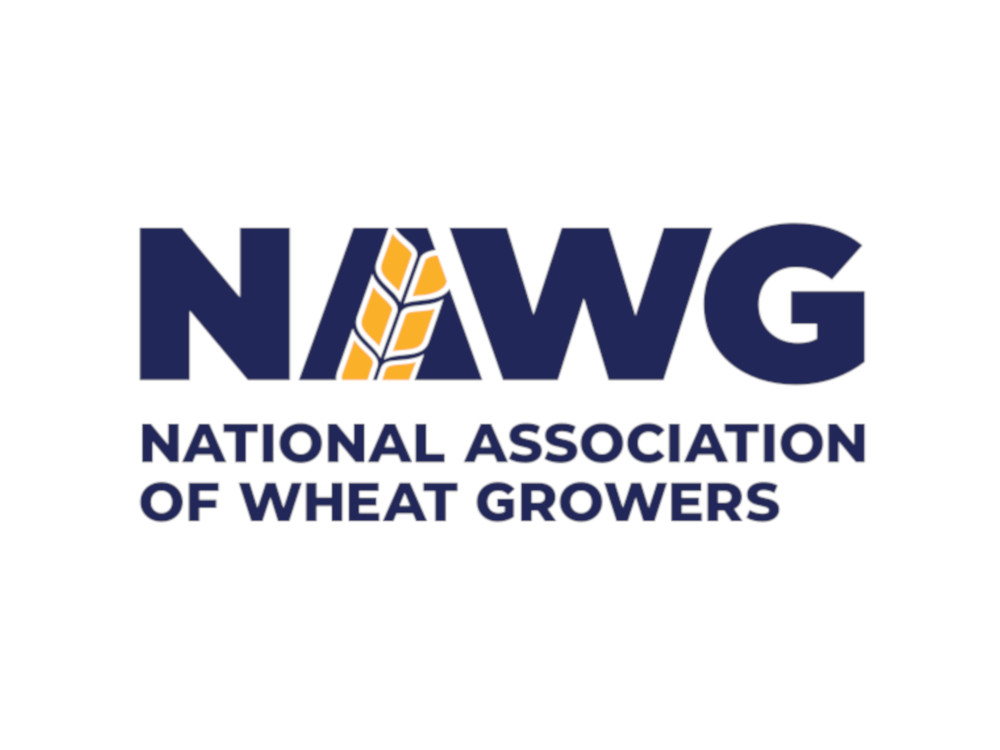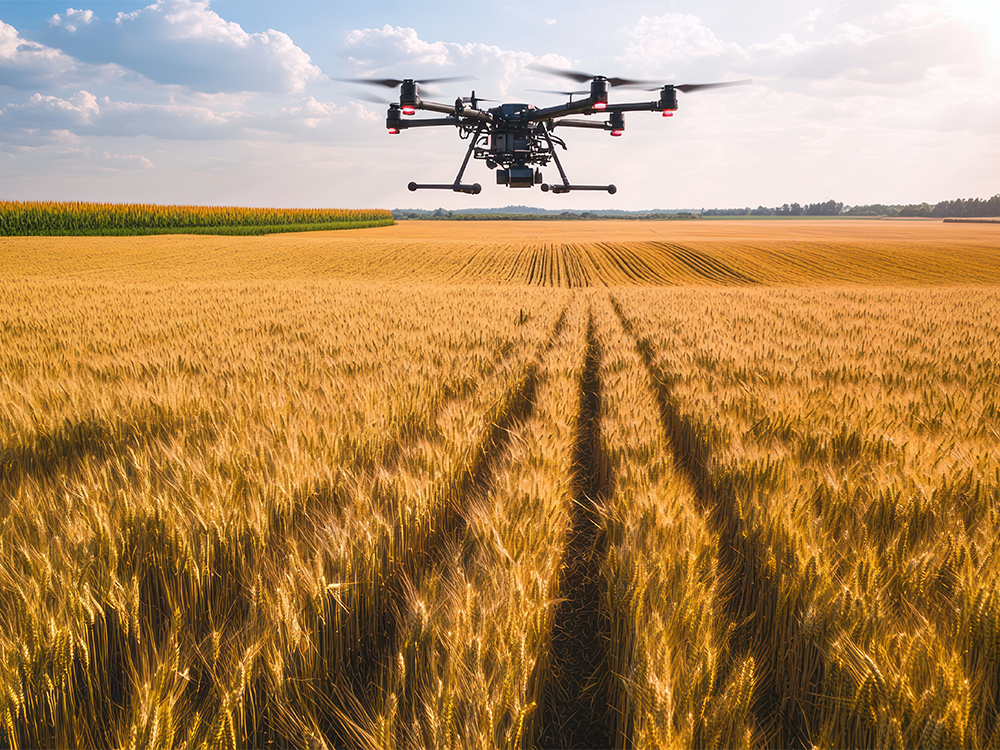Minnesota Association of Wheat Growers (MAWG) President Kevin Leiser is a noted fan of split government. A divided legislative must work together and compromise, and the Fertile, Minn., farmer said that agriculture interests emerged a winner during the 2025 legislative session.
“I thought things were a lot better this session because both parties have to make deals,” Leiser said. “I’d rather have things remain steady than big policy bounces back and forth.”
While the legislative process wasn’t always smooth, the Minnesota Legislature performed its constitutional duties and held a special session in June to complete work on a two-year state budget, a few weeks after the session formally adjourned, to avoid a state shutdown.
Lawmakers had their work cut out for them during a 21-hour special session, debating and passing about 90% of the state budget. With a tied House (67 Republicans, 67 Democrats) and a one-seat Democratic majority in the Senate, negotiations were tense at times, necessitating bipartisan cooperation (often in private meetings).
Lawmakers eventually reached a compromise, passing a $66 billion budget, an 8% decrease from the $72 billion biennial budget passed in 2023 and one that cuts a projected $6 billion deficit for future years. While the budget addressed immediate financial concerns, lawmakers also punted partisan debates on health care, taxation, energy, environmental and economic policies to the 2026 session.
The passage of 14 bills capped an unusual year that started with a power-sharing struggle and Democratic boycott in the House and ended with missed deadlines that necessitated the Legislature needing to return to the Capitol to finish the job.
MAWG celebrated its legislative wins, but lamented missed opportunities, including pesticide labeling and exemptions to the earned safe and sick time, that would’ve benefited Minnesota farm families and agribusinesses.
Stepping stones
Agriculture was an early budgetary bright spot. Lawmakers in the House and Senate collaborated to put the omnibus agriculture bill on Gov. Walz’s desk a day ahead of the May 19 deadline. The bill funds programs that are key to MAWG and the state’s farm economy.
In the 2026-2027 biennium, the ag bill appropriates $115 million to fund the Minnesota Department of Agriculture (MDA), $13.5 million to the Board of Animal Health, $8.7 million to the Agricultural Utilization Research Institute (AURI) and $2 million to the Office of Broadband Development to increase high-speed internet access across Minnesota. Funding also includes $400,000 to combat animal disease outbreaks. In total, the ag omnibus bill increases funding by $9 million compared to Gov. Walz’s budget proposal.
“Agriculture is one of the leading economic drivers in the state, but that’s rarely reflected in the budget,” Leiser said. “We’re happy to see it got bumped up a bit in this budget.”
During MAWG’s visit to the Capitol in February, farmer leaders urged legislators to increase funding for the Ag Special in the University of Minnesota’s budget, which has stayed flat at $49.922 million per year since 2011. Although the funding didn’t see an increase, MAWG was satisfied Ag Special will receive funding at its current level.
“There wasn’t a whole lot in the ag bill that we would’ve changed,” Leiser said. “You don’t get everything you want, but all in all, given the current economic situation, we’re mostly pleased with what was – and wasn’t – passed.”
Northern Crops Institute, a key MAWG priority that is typically appropriated in the ag bill, wasn’t included and will instead be eligible for funding through a newly established MDA competitive grant program administered by Commissioner Thom Petersen. MAWG is confident NCI will continue to receive funding.
Ag bill highlights
Some notable policy provisions featured:
- $1 million – County ag inspectors
- $500,000 – Biofertilizer Innovation Program
- $500,00 in additional funding for Farm Business Management
- $200,000 – Farm Safety and Wellness
- $1 million – AGRI Works Grant Program
- $1.4 million – Local Food Purchasing Assistance Program
- $1.5 million – Agriculture Emergency Account
- $750,000 – Toward avian influenza food testing and voluntary agriculture worker testing
Longtime MAWG lobbyist Bruce Kleven, who just completed his 31st year representing Minnesota wheat farmers in St. Paul, said agriculture fared well in the face of difficult cuts.
“Within the context of the aggregate budget, ag did pretty good,” he said.
Leiser said MAWG is appreciative of its relationship with Commissioner Petersen. A fully funded MDA ensures growers have tools and resources to handle weather disasters, apply for beginning farmer tax credits, financial assistance, and numerous grants, cost-share programs and scholarships.
“Commissioner Petersen is a guy who really cares,” said Leiser, who had just spoken by phone with the commissioner. “He’s a true supporter of agriculture.”






